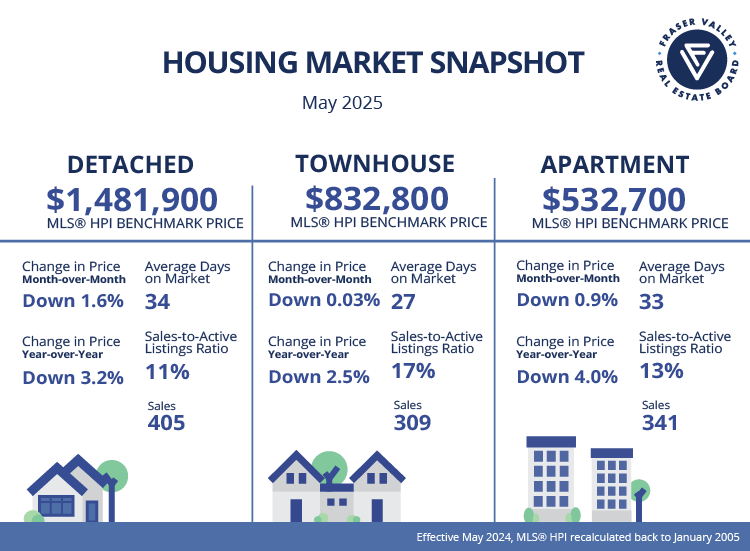In the journey toward generational wealth, it’s crucial to remember that progress isn't always measured by immediate asset growth. Sometimes, the wisest move is to pivot from 'expansion' to 'fortification.'
It's perfectly fine—in fact, it's strategic—to have a year dedicated solely to diligently paying down debt or accelerating your mortgage payments. This isn't stagnation; it's preparation. For Canadian families focused on building a legacy for their kids, establishing a foundation of minimal or zero consumer debt is the most powerful launchpad for future success. It gives you the financial resilience and borrowing power you'll need for those bigger, strategic property investments later on.
If this year is about securing that foundation, here are 5 straightforward ways to start paying off debt today:
Attack the High-Interest Debt First (The Avalanche Method): List all your non-mortgage debts (credit cards, lines of credit). Focus every extra dollar on the one with the highest interest rate, while maintaining minimum payments on the rest. Once it's gone, roll that payment amount into the next highest rate.
Consolidate High-Interest Debt: Explore a lower-interest debt consolidation loan or a balance transfer to a credit card with a promotional rate. Caution is key: Use this strictly to pay down the principal, not to accumulate new debt.
Create a "Debt-Killing" Budget: Scrutinize your monthly spending. Find 2-3 areas where you can comfortably cut back (e.g., streaming services, eating out) and redirect that exact amount immediately to your debt.
Maximize Your Mortgage Pre-Payments: If your mortgage allows, utilize any lump-sum payment options or slightly increase your regular payment amount. Even small, consistent increases can save you thousands in interest over the long term.
Stop the Bleeding: Put the brakes on new debt. Temporarily switch to using a debit card or cash for daily purchases until your targeted debt is significantly reduced.






